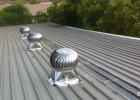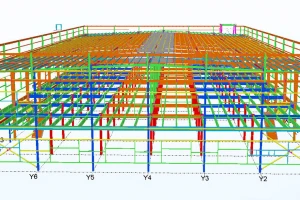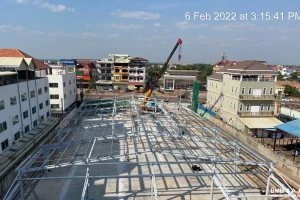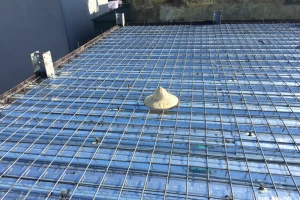Key factors to consider when choosing steel materials for pre-engineered steel buildings
Selecting the right steel material is a crucial decision when it comes to constructing a pre-engineered steel building. Various factors must be considered to ensure the optimal performance and longevity of the building. This article shall discuss the key factors to consider when choosing steel material for a pre-engineered steel building.
1. A brief introduction to steel materials
Steel materials are widely used in various industries and applications due to their exceptional strength, durability, and versatility. Steel is an alloy primarily composed of iron and carbon, with other elements added to enhance specific properties. It offers a high strength-to-weight ratio, making it suitable for constructing structures that require robust support, such as buildings, bridges, and infrastructure.
Steel is available in different grades, each with specific characteristics and performance attributes. These grades are determined by factors like chemical composition, heat treatment, and manufacturing processes. Common types of steel include carbon steel, stainless steel, and alloy steel,...
Steel materials can be shaped and manipulated through various processes, including casting, forging, rolling, and extrusion, and so on. They can be fabricated into different forms, such as beams, plates, tubes, and sheets, to meet specific design and construction requirements.
In summary, steel materials are valued for their strength, durability, and versatility. They are used extensively in a wide range of industries and applications, offering reliable and cost-effective solutions for construction and manufacturing projects.
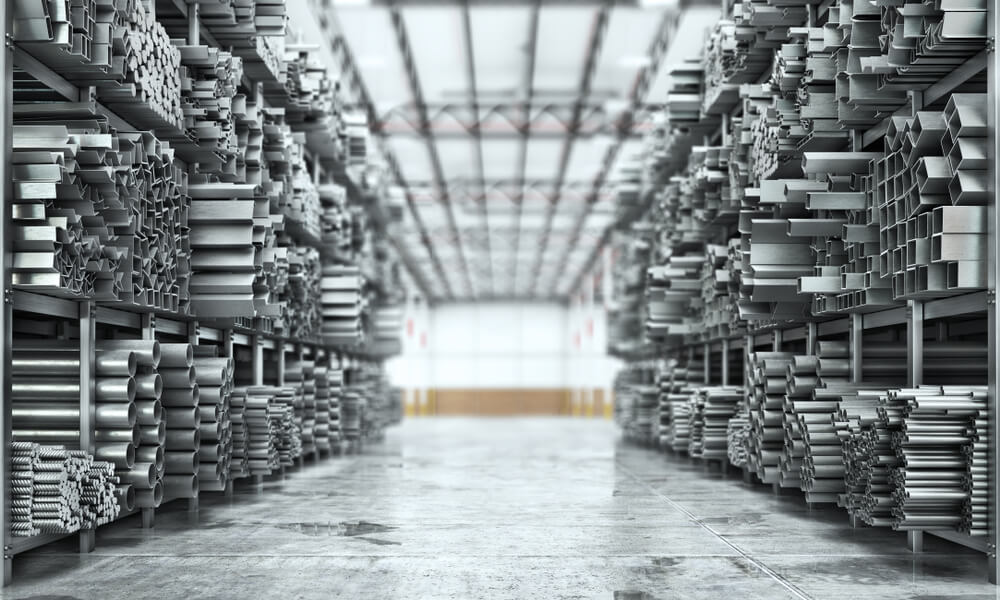
2. Benefits of choosing right steel materials for pre-engineered steel buildings
Choosing the right steel materials for pre-engineered steel buildings offers numerous benefits, including:
- Strength and durability: High-quality steel materials offer exceptional strength and durability, ensuring the structural integrity of the building and its ability to withstand heavy loads and harsh conditions.
- Cost-effectiveness: The use of suitable steel materials can result in cost savings over the building's lifespan due to their durability and low maintenance requirements.
- Design flexibility: Steel materials can be easily shaped, fabricated, and customized, allowing for creative and versatile architectural designs that meet specific project requirements.
- Sustainability: Steel is a highly sustainable material as it is recyclable and can be reused at the end of its life cycle. Choosing steel materials with recycled content promotes resource conservation and reduces environmental impact.
- Fire resistance: Steel materials are inherently fire-resistant and can help contain the spread of flames, providing valuable time for evacuation and reducing property damage.
- Corrosion resistance: Properly coated and treated steel materials exhibit excellent corrosion resistance, ensuring the longevity of the building, particularly in humid or corrosive environments.
- Construction efficiency: Steel materials are prefabricated and engineered for efficient construction, resulting in reduced construction time and labor costs.
- Adaptability and expandability: Pre-engineered steel buildings allow for future expansion and modifications, providing flexibility to accommodate changing needs or business growth.
- Safety: Steel materials meet stringent safety standards and codes, offering a secure and reliable building environment for occupants.
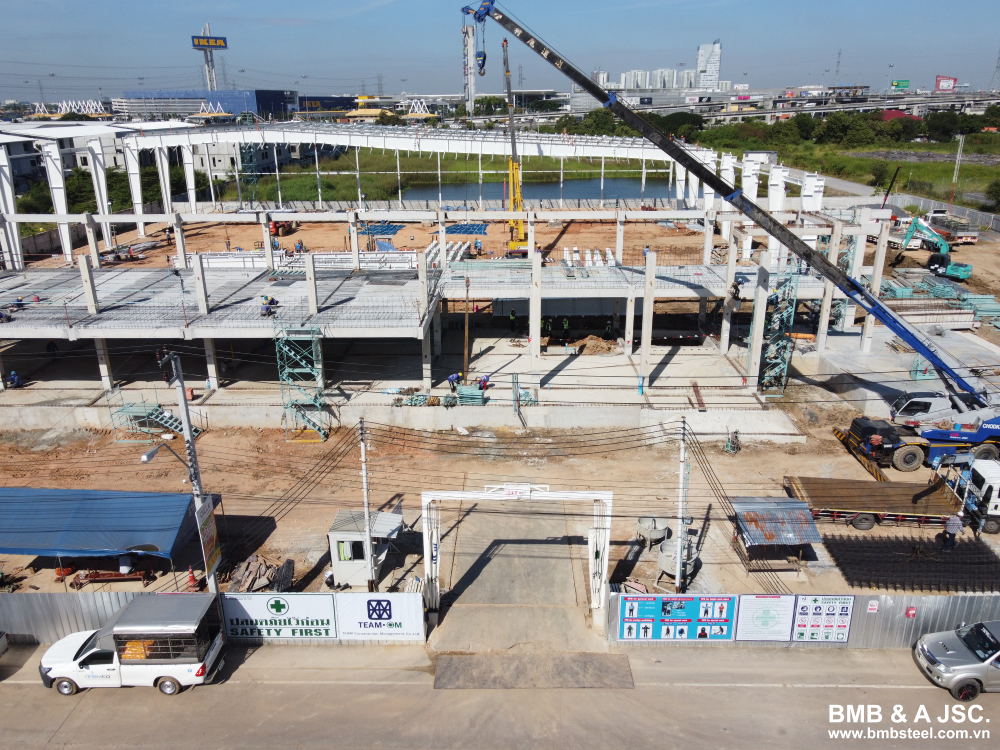
3. Factors to consider when choosing steel materials for pre-engineered steel buildings
3.1 Structural requirements
The first factor to consider is the structural requirements of the building. Determine the load-bearing capacity needed to support the intended use of the structure, including equipment, machinery, and potential snow or wind loads in the area. Ensure that the chosen steel material has the necessary strength and structural integrity to meet these requirements.
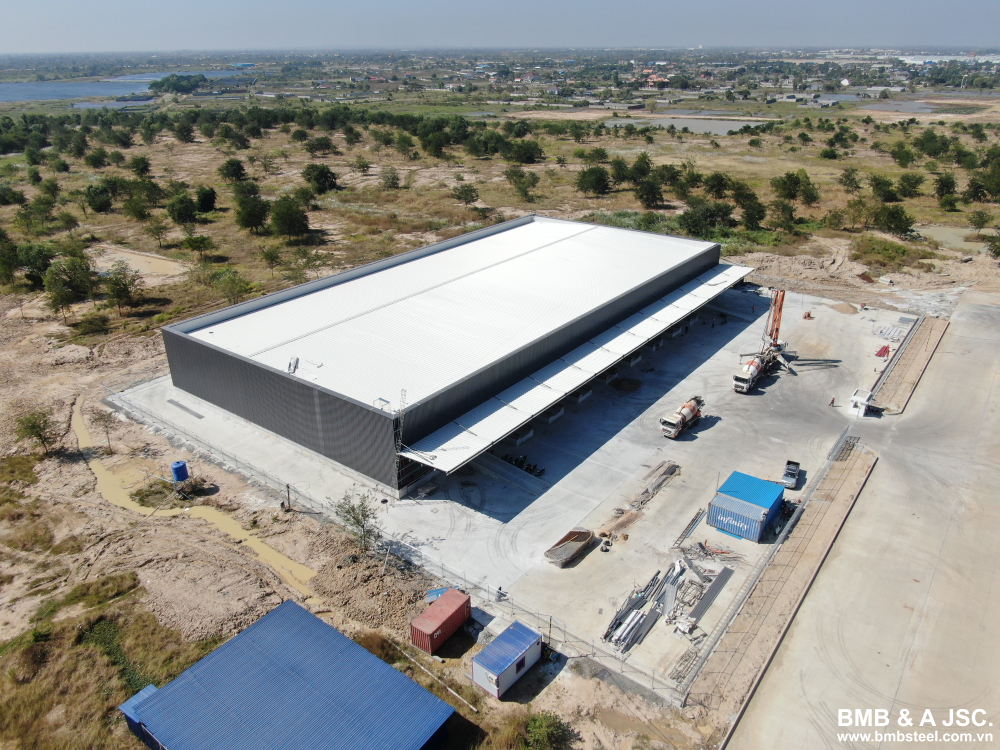
3.2 Corrosion resistance
Corrosion can significantly impact the lifespan and maintenance of a steel building, especially in areas with high humidity or exposure to corrosive elements. Consider the level of corrosion resistance required for the building's location and purpose. Opt for steel materials with protective coatings, such as galvanized or coated steel, that offer superior resistance against rust and corrosion.
3.3 Fire resistance
Fire safety is a crucial aspect of building construction. Evaluate the fire resistance properties of the steel material under consideration. Look for steel grades that have been specifically tested and certified for fire resistance. These materials offer enhanced protection and can help prevent the spread of fire, ensuring the safety of occupants and minimizing property damage.
3.4 Cost and budget
Budget considerations play a significant role in material selection. Evaluate the cost-effectiveness of different steel materials, taking into account factors such as initial material costs, long-term maintenance requirements, and expected lifespan. While higher-quality steel materials may have a higher upfront cost, they often offer better durability and lower maintenance expenses over time.
3.5 Sustainability and environmental impact
Increasingly, sustainability is a crucial consideration in construction projects. Assess the environmental impact of the steel materials under consideration. Look for materials that are made from recycled content or can be easily recycled at the end of the building's life. Additionally, consider energy-efficient coatings or insulation options that can improve the building's overall energy performance.
3.6 Aesthetic considerations
The visual appeal of the steel material is also important, especially for buildings in highly visible locations or those that need to align with specific architectural styles. Consider the available finishes, colors, and textures of the steel material to achieve the desired aesthetic result. Some steel materials offer a wide range of customization options to match the building's design and enhance its overall appearance.
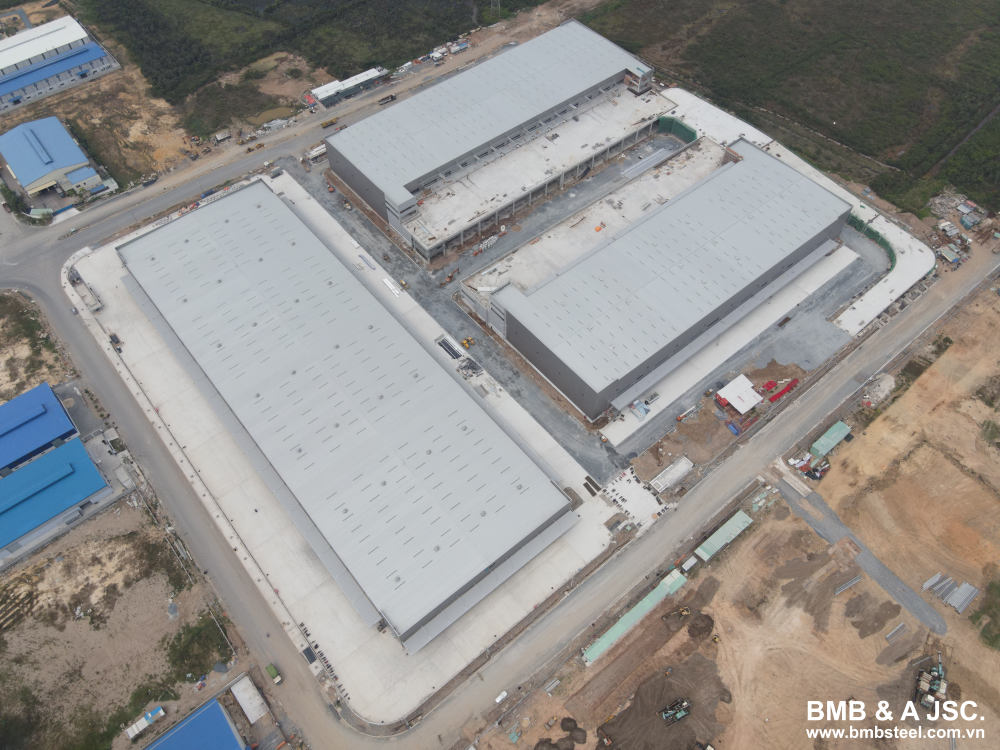
3.7 Supplier reputation and support
When selecting steel material, consider the reputation and reliability of the supplier. Choose a reputable supplier known for delivering high-quality materials and providing excellent customer support. A reliable supplier can offer guidance, technical expertise, and assistance throughout the selection and procurement process, ensuring that you make an informed decision.
Above is key factors to consider when choosing steel materials for pre-engineered steel buildings. Hopefully, this article has provided you with helpful information. Visit BMB Steel’s website to read more about pre-engineered steel buildings and steel structures. You can also contact us for design consulting and steel production services.









